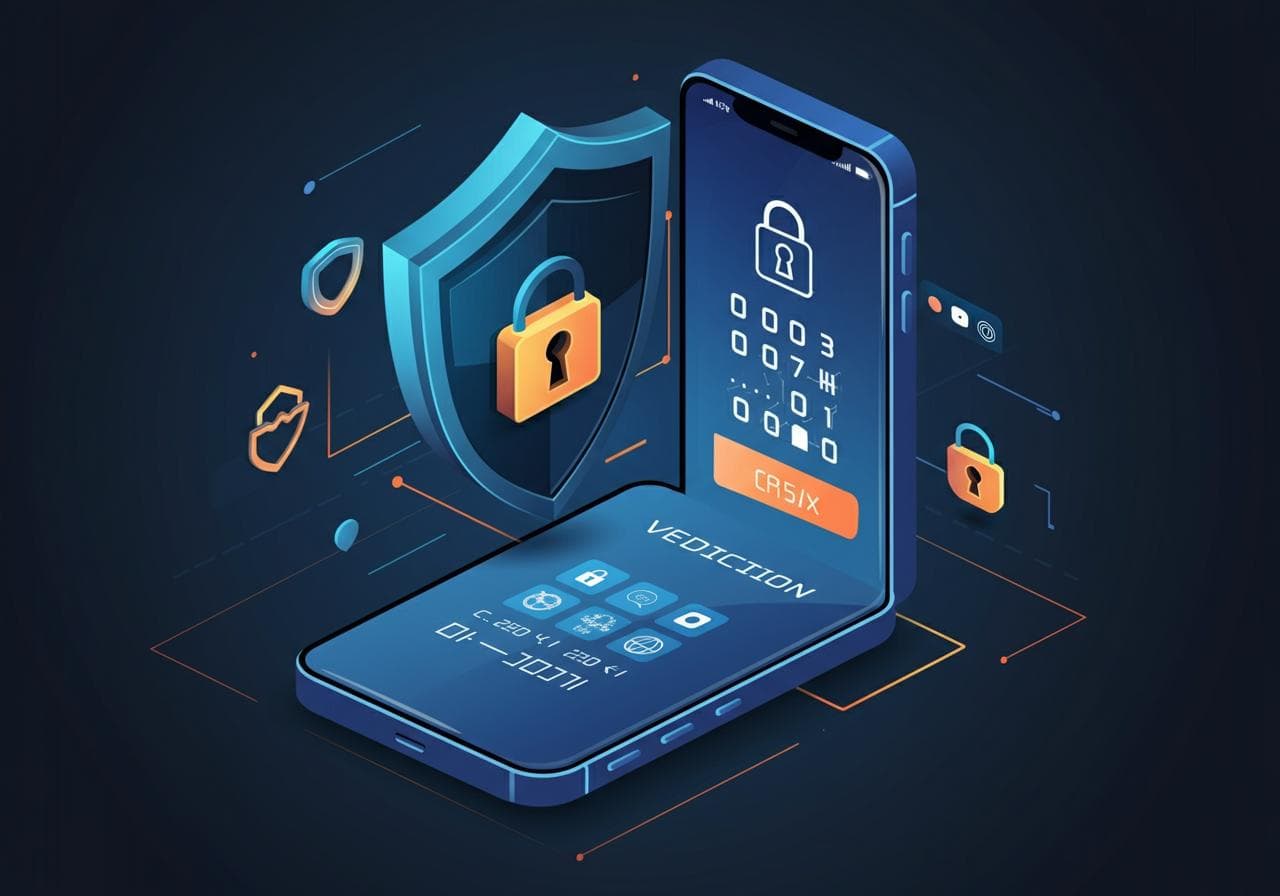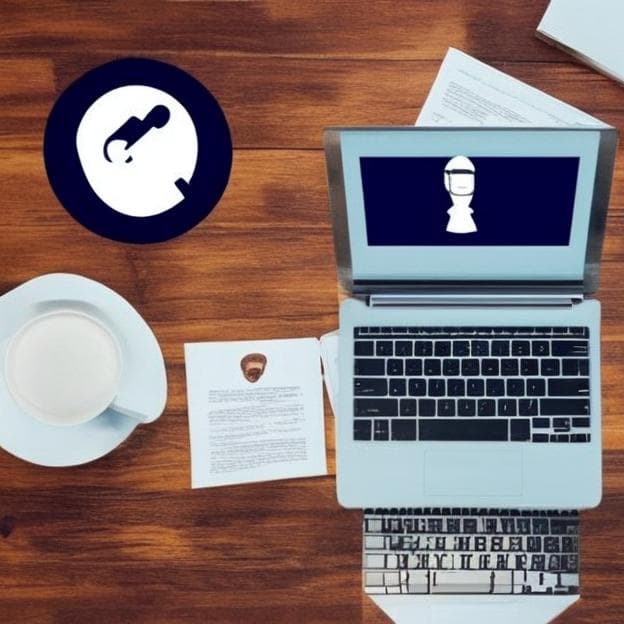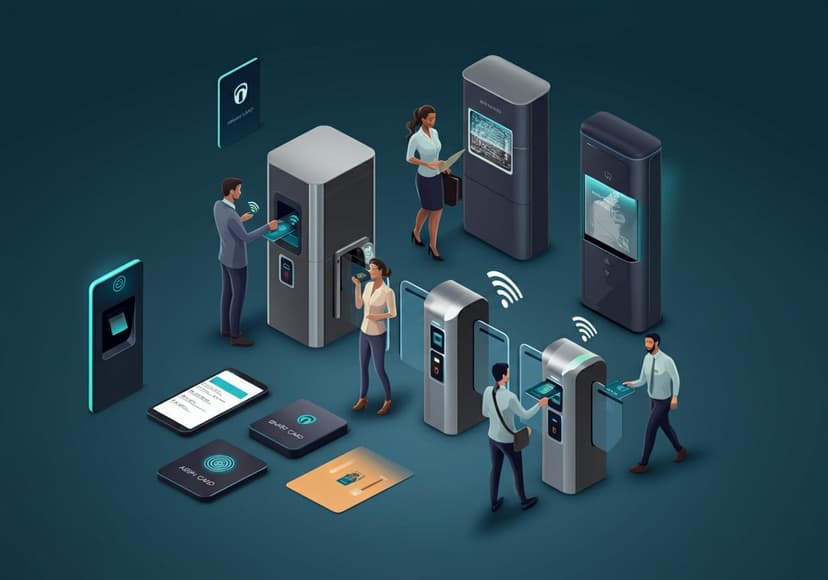2Fa A Simple Guide To Enabling It
This guide offers straightforward instructions for enabling two-factor authentication.

Research topics
In our increasingly digital world, ensuring the security of your online accounts is more crucial than ever. With cyber threats and data breaches on the rise, traditional username and password combinations are often no longer sufficient for safeguarding your personal information. This is where Two-Factor Authentication (2FA) comes into play, adding an additional layer of security to your online accounts. In this guide, we'll explore the basics of 2FA, how to set it up, and tips for enhancing your online security further.
What is Two-Factor Authentication?
Two-factor authentication is a security protocol that requires not only a password and username but also something that only the user has on them – a second factor. This can be a physical device like a smartphone or a dedicated security token that generates one-time passwords.
According to CyberGuy, enabling 2FA significantly boosts your account's security. By requiring more than just a password to log in, 2FA helps prevent unauthorized access, even if someone has stolen your password.
The Importance of Two-Factor Authentication
With cybercrime becoming more sophisticated, it's imperative that users adopt robust account protection strategies. Just as you wouldn’t leave your house unlocked, you shouldn’t leave your online accounts vulnerable. Implementing 2FA is one of the most effective steps you can take to protect your accounts.
Using 2FA can greatly enhance your online security because it requires a second method of verification which hackers cannot easily replicate. Even if your password is compromised, it becomes considerably more difficult for someone to access your account without the second factor.
How to Set Up Two-Factor Authentication
Enabling two-factor authentication involves a few simple steps, and most online services and applications offer the option in their security settings. Here is a straightforward guide to help you with the two-factor authentication setup:
The first step in enabling multi-factor authentication is to decide which type of second factor you want to use. Common methods include:
- Authentication Apps: Use apps like Google Authenticator, Authy, or Microsoft Authenticator, which generate unique codes every 30 seconds.
- SMS Codes: Receive a one-time code via text message each time you log in.
- Email Codes: Similar to SMS codes, but sent to your registered email address.
- Hardware Tokens: Physical devices that generate unique codes, adding an extra layer of security.
Login to the online service you wish to protect. Go to the security or account settings section. This is typically located under profile or account information.
For specific instructions, refer to resources such as the Webflow Help Center, which provides adequate details on setting up 2FA on their platform.
Inside the security settings, look for the option to enable two-factor authentication. Follow the instructions provided to set it up. If you choose to use an authentication app, scan the QR code provided. You can then enter the activation code generated by the app or sent via SMS to complete the setup.
Many online services provide backup codes that you can use if you’re unable to access your second factor. Make sure to save these codes in a safe place, either on a secure cloud service or written down in a trusted location.
It’s important to verify that your 2FA is working correctly. Log out of your online account and attempt to log back in to ensure that the two-factor authentication process is functioning as expected.
Enhancing Your Online Security Further
While enabling 2FA is a significant step toward enhancing your online security, it's wise to consider additional strategies. Here are some essential account protection strategies that you can implement:
A strong password should be at least 12-16 characters long, combining numbers, symbols, and both uppercase and lowercase letters. Consider using a password manager to help generate and store unique passwords for each of your accounts.
Consolidate your security periodically. Make sure you review and adjust settings to align with current best practices. Online security is a dynamic field; staying informed is vital. For more insights, check out articles on 2FA from reliable sources like Business Insider.
Stay vigilant by checking your account activity regularly for any suspicious transactions or unauthorized logins. If you see unusual activity, take immediate action to secure your account.
Phishing attempts often aim to steal your credentials. Be cautious with email links and attachments. Always verify the sender's email address and be skeptical of unexpected requests for sensitive information.
Conclusion
In a world where our lives are increasingly online, ensuring robust security for our accounts is paramount. Enabling Two-Factor Authentication is one of the most effective ways to shield your accounts from unauthorized access. By implementing the advice outlined in this 2FA security guide, you can significantly enhance your online safety. Remember, your security is only as strong as your weakest link, so take proactive measures today for better protection tomorrow.
Posts Relacionados

2Fa Tips On Notable Way To Keep Your Accounts Safe Tips
Two-factor authentication (2FA) adds an extra layer of security to your accounts, making it harder for hackers to access them, even if they have your password.

5S Floor Marking For Safety
Floor markings enhance safety and organization, improving efficiency and workplace safety.

Access Card Systems A Comprehensive Guide
This guide comprehensively covers access card systems, exploring their technology, applications, and security implications.